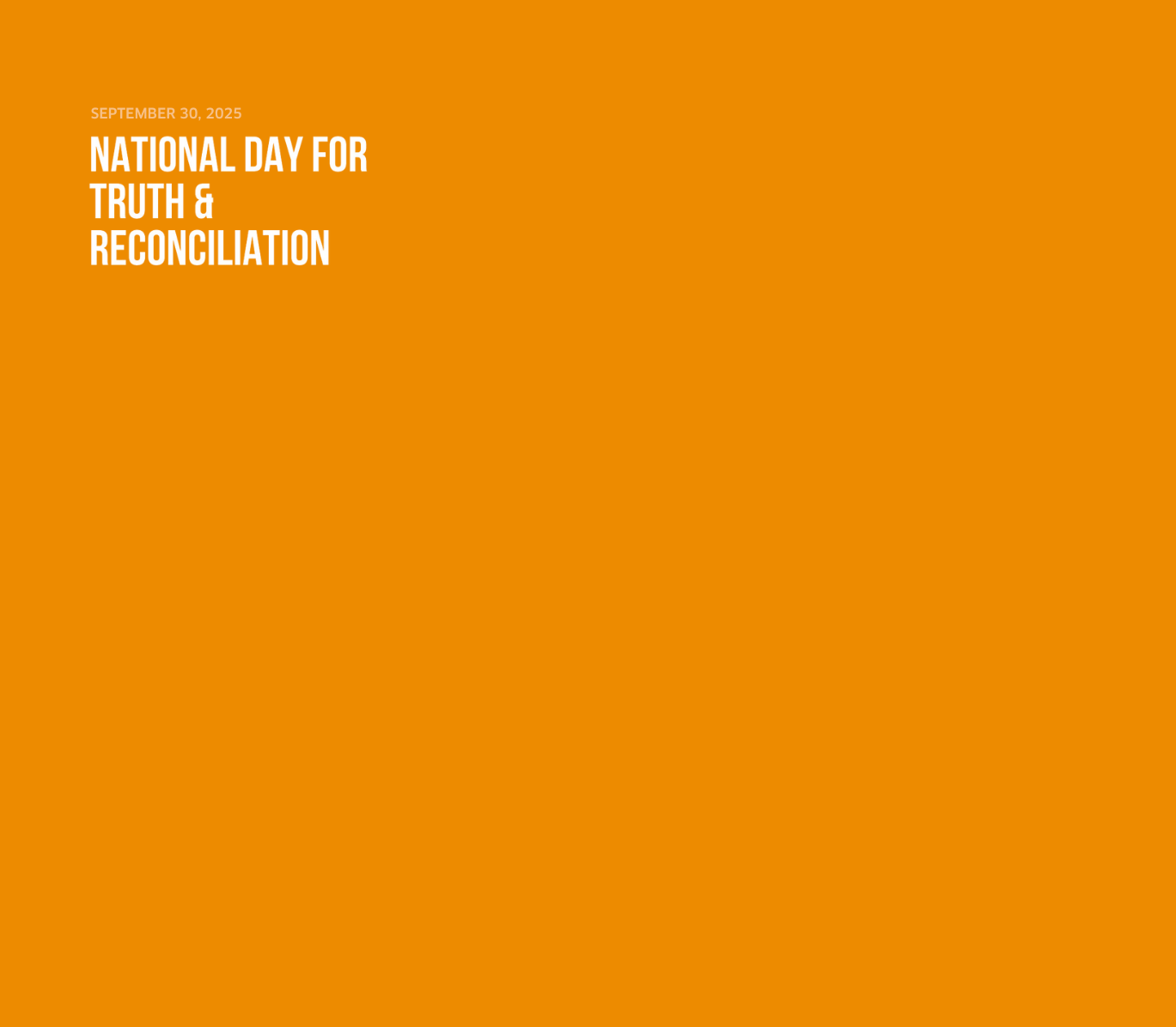Since 2021, National Day for Truth and Reconciliation has been an opportunity for Canadians to honour survivors, their families, and communities, and to remember the history and legacy of residential schools, as outlined in Action 80 of the Truth and Reconciliation Commission’s 94 Calls to Action.
This day provides us with an opportunity to reflect on the actions we can take to foster understanding in our communities and beyond. There are many ways you can help to move reconciliation forward and create space for Indigenous voices, stories, and culture.
This year, we asked some of our team members what reconciliation means to them.
